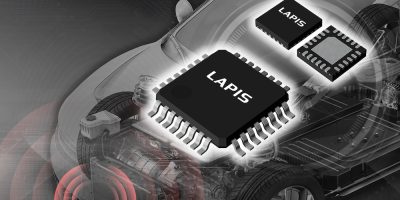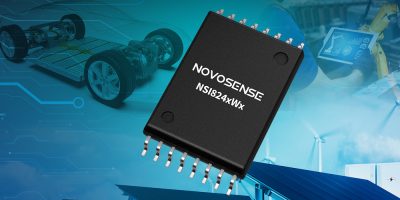As the latest addition to Renesas’ RZ/G Series MPU, the RZ/G3S is designed to meet the demanding requirements of modern IoT devices, offering power consumption as low as 10µW (microwatts) in standby mode and fast startup for the Linux operating system. The new MPU comes with a PCI Express interface that enables high-speed connectivity with 5G wireless modules. Additionally, the device boasts enhanced security features such as tamper detection to ensure data security. These features make the device ideal for IoT applications such as home gateways, smart meters, and tracking devices.
“Renesas’ RZ/G has seen a steady increase in adoption in the global industrial human machine interface market,” said Daryl Khoo, Vice President of Embedded Processing 1st Division at Renesas. “The RZ/G3S represents the next generation products that will extend our reach to the rapidly growing 5G IoT and Gigabit Wi-Fi 7 gateway markets. Renesas has been aggressively expanding our connectivity portfolio in these markets through strategic acquisitions to offer advanced connectivity solutions that are power efficient at the system level and enhance data utilisation.”
The RZ/G3S employs an Arm Cortex-A55 core as the main CPU with a maximum operating frequency of 1.1 GHz and two Cortex-M33 cores as sub-CPUs operating at 250 MHz. Users can distribute the MPU’s workloads to sub-CPUs, allowing the device to efficiently handle tasks such as receiving data from sensors, controlling system functions and managing power systems. This reduces the workload on the main CPU, resulting in fewer components, lower costs and a smaller system size.
The device’s newly added power management system is designed to reduce power consumption to extremely low levels — less than 10 µW. The MPU also supports the DDR self-refresh function which allows to retain DRAM data, while also enabling fast Linux startup. The fast startup allows IoT devices, which frequently operate intermittently, to save power and significantly extend the runtime of battery-powered devices. Moreover, the device offers a standby mode that can maintain sub-CPU operation at a power level as low as 40 mW, offering the flexibility to optimise power consumption based on the specific operating requirements of each application.
The RZ/G3S is equipped with a wide range of peripheral functions including Gigabit Ethernet, CAN, USB, as well as the PCI Express interface. By connecting with 5G communication modules, the device can achieve high-speed communication at Gigahertz levels.
Similar to other RZ/G devices, the RZ/G3S features an ECC (Error Correction Code) function in both internal memory and external DDR interface to maintain data integrity. The Verified Linux Package (VLP) based on the industrial-grade Linux software (Civil Infrastructure Platform™ (CIP) Linux) is available for the RZ/G3S. With VLP, developers receive over 10 years of maintenance support, ensuring long-term protection against security threats. The device also provides tamper detection along with secure boot, secure debug and more. RZ/G series products are already Level 2 PSA Certified from Arm and Renesas has plans to include the RZ/G3S in the future.
Renesas has combined the new RZ/G3S MPU with optimised power management ICs and clock products to develop the “Single Board Computer Gateway”. The RZ/G3S’s rich set of interfaces allows the device to connect with various sensors via USB, CAN, RS485, UART, and I2C. It also offers high performance wireless connectivity options to build a robust network for home automation or IoT applications. Its multicore design allows for real-time processing of data while being power efficient with its advanced sleep mode functions. The Winning Combinations are technically vetted system architectures from mutually compatible devices that work together seamlessly to bring an optimised, low-risk design for faster time to market. Renesas offers more than 400 Winning Combinations with a wide range of products from the Renesas portfolio to enable customers to speed up the design process and bring their products to market more quickly. They can be found at renesas.com/win.
https://www.renesas.com/rzg3s







